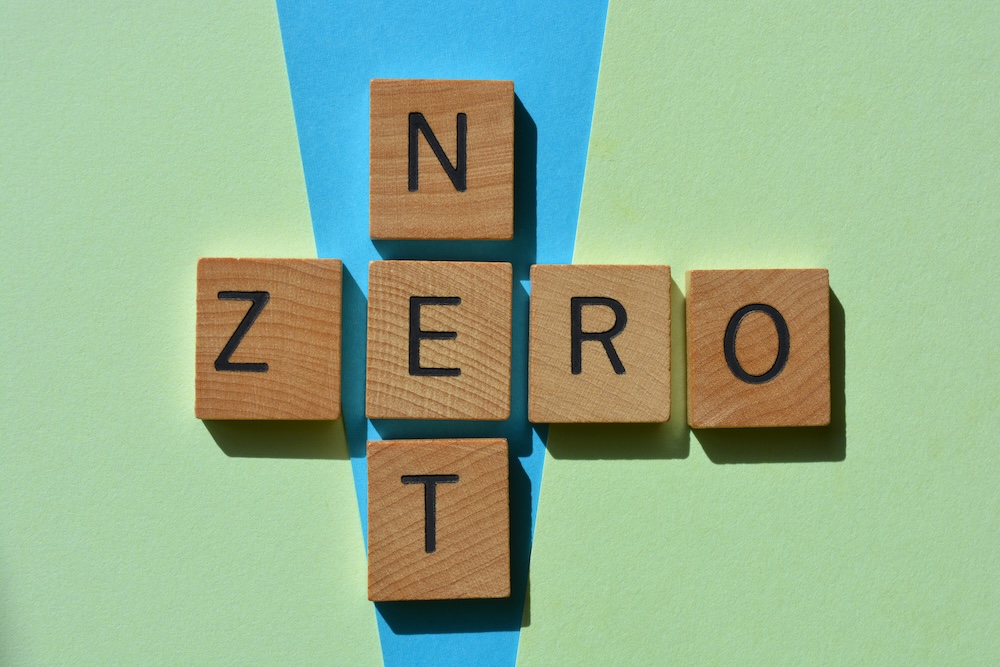More than 140 countries have now pledged to reach net-zero emissions. On paper, this sounds like a monumental shift — a sign that the world is finally waking up to the climate crisis. But beneath the surface of bold declarations and feel-good headlines lies a more complex truth.
Are these pledges credible? Who’s actually making progress? And what does it mean for people, policy, and the planet?
Let’s break down what these commitments mean, why they matter, and what’s still missing in the global race toward climate action.
What Is a Net-Zero Pledge?
A net-zero pledge is a commitment to reduce a country’s greenhouse gas emissions to as close to zero as possible and offset any remaining emissions through carbon removal methods. This can include natural solutions like reforestation or technological strategies such as carbon capture and storage.
The idea is simple: don’t emit more than you can remove. But the execution is anything but.
To be meaningful, a net-zero pledge should include:
- A clear target year (e.g., 2050)
- Interim milestones (e.g., 50% reduction by 2030)
- Transparent reporting on progress
- Specific policies and actions across sectors like energy, transport, and agriculture
The Global Shift Toward Net-Zero Emissions
How Many Countries Have Made Net-Zero Commitments?
As of 2025, over 140 countries have announced net-zero targets. Collectively, these nations account for more than 90% of global GDP and about 88% of global emissions, according to the Net Zero Tracker and data from the United Nations Framework Convention on Climate Change (UNFCCC).
This represents a dramatic change in just a few years. Before 2020, only a handful of countries had formal climate neutrality targets. The acceleration was largely driven by international pressure, grassroots activism, and the urgency highlighted in IPCC reports.
Which Countries Are Leading?
Some countries are setting the pace with earlier deadlines, stronger legal frameworks, and clearer action plans.
- Sweden: Legally committed to net-zero by 2045, with binding targets along the way.
- Germany: Revised its goal from 2050 to 2045, with strong policy backing in energy and transportation.
- United Kingdom: Net-zero by 2050, backed by one of the first legally binding climate laws.
- Bhutan: Already carbon negative, thanks to dense forests and hydro-powered energy.
- Chile: Has a 2050 goal but stands out for including citizen participation and climate education in its roadmap.
These countries are showing what climate leadership can look like — not just in pledges, but in practice.
Who’s Falling Behind?
Some countries have announced targets that seem more symbolic than strategic. For example:
- China aims for net-zero by 2060, but continues to approve new coal projects.
- India has committed to net-zero by 2070, one of the latest target dates globally.
- Russia, Turkey, and others have made pledges without detailed implementation plans.
And then there are the countries that still haven’t formally committed at all or offer vague targets without transparency.
This is where greenwashing enters the conversation — using the language of sustainability without the substance.
Are Net-Zero Pledges Enough?
The Gap Between Goals and Action
The growing number of pledges may seem promising, but many experts warn that current commitments fall far short of what’s needed to keep global warming below 1.5°C.
Challenges include:
- Lack of enforcement: Many pledges are voluntary or not legally binding.
- Unclear definitions: What counts as a “removal” or “offset” varies wildly.
- Overreliance on future tech: Some plans bank on carbon capture technology that doesn’t yet exist at scale.
- Insufficient short-term targets: Long-term goals without 2030 milestones are easy to delay or ignore.
Without real accountability, net-zero pledges risk becoming just another climate promise the world fails to keep.
Climate Justice Still Missing
Another issue is the uneven distribution of responsibility. Rich nations historically responsible for the most emissions often have the most resources to meet their goals. Meanwhile, developing countries — already bearing the brunt of climate impacts — are asked to make major changes without equivalent financial or technological support.
A true net-zero future must include climate justice, ensuring the transition is fair and doesn’t deepen global inequality.
How Are Countries Tracking Net-Zero Progress?
Measuring Emissions
Tracking net-zero requires monitoring not just direct emissions (Scope 1), but also indirect emissions from purchased energy (Scope 2) and supply chains (Scope 3). Few countries or companies track all three comprehensively.
Tools and Watchdogs
Independent organizations are stepping in to fill the accountability gap. These include:
- Climate Action Tracker: Rates countries’ pledges and actual policies against the Paris Agreement.
- Net Zero Tracker: Monitors national and corporate targets, progress, and loopholes.
- UNEP Emissions Gap Report: Offers annual updates on how close we are to climate goals.
Public access to these tools is crucial. Transparency drives action — and exposes inaction.
The Role of Developing Countries and Global South
While wealthy countries often dominate headlines, the path to net-zero must also empower and invest in the Global South.
Many developing nations are rich in renewable energy potential but lack the infrastructure or investment to fully transition. International funding mechanisms — such as the $100 billion annual climate finance goal promised at past COP summits — remain underfunded and delayed.
Without equity, the net-zero conversation becomes one-sided. True progress means supporting vulnerable nations in building resilient, low-carbon futures.
What You Can Do as an Individual
The idea of global targets can feel abstract, but you’re not powerless. In fact, consumer pressure, civic action, and local engagement play key roles in turning pledges into results.
Here’s how you can contribute:
- Support policy: Vote for leaders with real climate plans. Participate in public comment periods or town halls.
- Buy from responsible companies: Look for businesses that commit to carbon neutrality and offer transparent reporting.
- Offset wisely: If you offset your emissions, choose reputable programs that focus on removal, not just avoidance.
- Educate others: Talk about the difference between real action and greenwashing. Share credible resources.
- Focus on systems, not just swaps: While individual choices matter, pushing for systemic change has broader impact.
Final Thoughts: Net-Zero Isn’t the Finish Line — It’s the Starting Point
Over 140 countries committing to net-zero is an enormous step. It signals that the climate crisis is no longer ignorable. But pledges alone won’t cool the planet. Progress comes from action — and action requires pressure, transparency, and cooperation.
The climate clock is ticking. But this moment — this alignment of science, activism, and global will — could be a turning point.
So when you hear that another country has joined the net-zero movement, ask:
What are they actually doing about it?
And how can I help make sure they follow through?
Because a livable planet doesn’t come from promises.
It comes from progress.









Reader Interactions